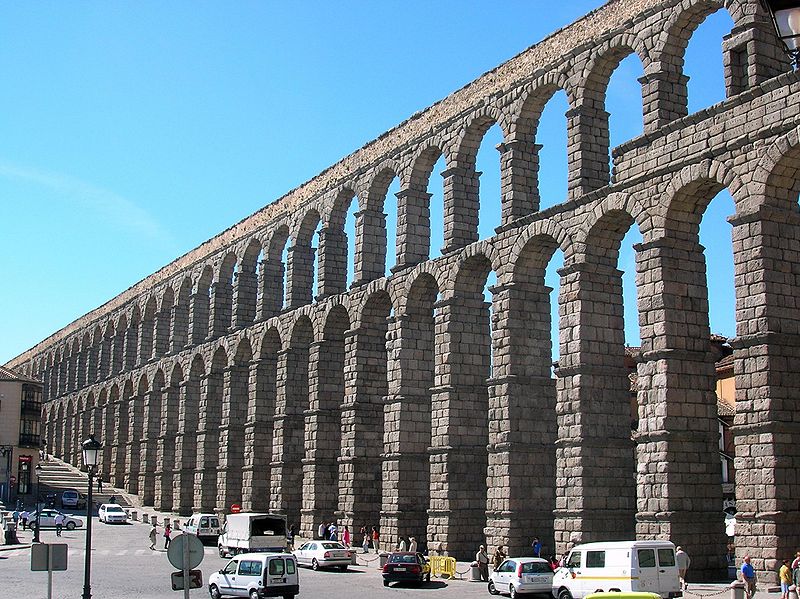How To Become More Self-Sufficient Without Starting a Full-Blown Farm…
Want to start preserving your harvest, making your own soap, or building a backyard root cellar — but not sure where to begin? “Homesteading Advice” gives you instant lifetime access to 35+ practical homesteading books on food preservation, veggie gardening, DIY natural cleaning products (save over $250 per year with this skill alone), brewing, off-grid energy, and a whole lot more…
Click Here To Check It Out Now!
Roman concrete was a material used in construction during the late Roman Republic until the fading of the Roman Empire. Roman concrete was based on a hydraulic-setting cement. Recently, it has been found that it materially differs in several ways from modern concrete which is based on Portland cement. Roman concrete is durable due to its incorporation of volcanic ash, which prevents cracks from spreading.
Recent scientific breakthroughs examining Roman concrete are gathering media and industry attention. Because of its unusual durability, longevity and lessened environmental footprint, corporations and municipalities are starting to explore the use of Roman-style concrete in North America, substituting the coal fly ash with volcanic ash that has similar properties.
Proponents claim that concrete made with volcanic ash can cost up to 60% less because it requires less cement, and that it has a smaller environmental footprint due to its lower cooking temperature and much longer lifespan. Usable examples of Roman concrete exposed to harsh marine environments have been found to be 2000 years old with little or no wear. Here are a couple of videos exploring how you can make it yourself…
An Attempt at Reproducing Ancient Roman Concrete by using Limestone, Volcanic Ash and Aggregate…
Using Artificial Pozzolans like Terracotta and Red Brick Dust as Substitutes for Volcanic Ash to create a Modern Version of Roman Concrete…
If you like this idea, be sure to share it with your friends and inspire someone you know. Anything becomes possible with just a little inspiration…

